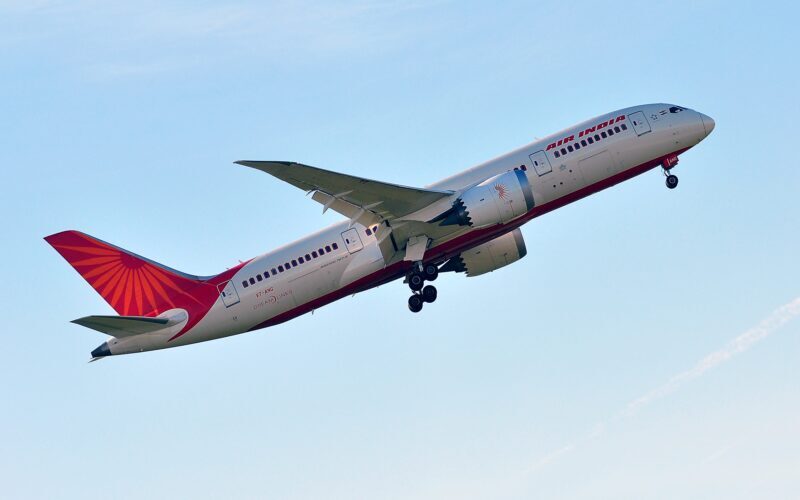Boeing 787 Emergency Power System Likely Activated Before Air India Crash

Investigators believe the emergency power system on the Air India Boeing 787 Dreamliner was active when the aircraft crashed last week in Ahmedabad, India, according to a report by the Wall Street Journal citing sources familiar with the probe.
The system in question, known as the Ram Air Turbine (RAT), is a small propeller that deploys automatically to generate electricity and hydraulic pressure in the event of a dual engine failure or severe system malfunction. Its activation suggests the aircraft may have experienced a critical power or engine failure shortly after takeoff.
The Boeing 787-8 Dreamliner, en route to London Gatwick with 242 people on board, began losing altitude seconds after departure. The crash resulted in the deaths of all but one passenger, along with approximately 30 people on the ground—making it the deadliest aviation disaster in over a decade.
While Boeing deferred comment to India’s Aircraft Accident Investigation Bureau (AAIB), and GE Aerospace—the manufacturer of the aircraft’s GEnx engines—has not responded publicly, the report raises new questions about the aircraft’s performance during takeoff.
India’s Directorate General of Civil Aviation (DGCA) stated on Tuesday that a four-day inspection of Air India’s 787 fleet revealed no major safety issues. However, the regulator flagged maintenance-related delays that have disrupted operations. At least 13 international flights were canceled and others delayed due to mandatory inspections, compounded by weather, airspace restrictions, and crew limitations.
As of June 17, the DGCA had inspected 26 of Air India’s 33 Dreamliners, finding them compliant with current safety standards.
Related News: https://airguide.info/?s=air+india, https://airguide.info/category/air-travel-business/travel-health-security/safety/
Sources: AirGuide Business airguide.info, bing.com, reuters.com
